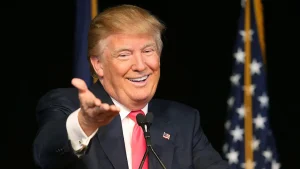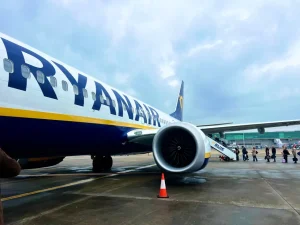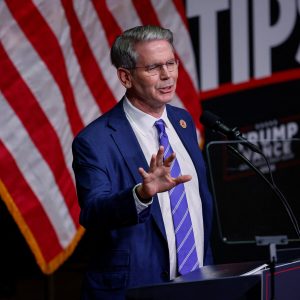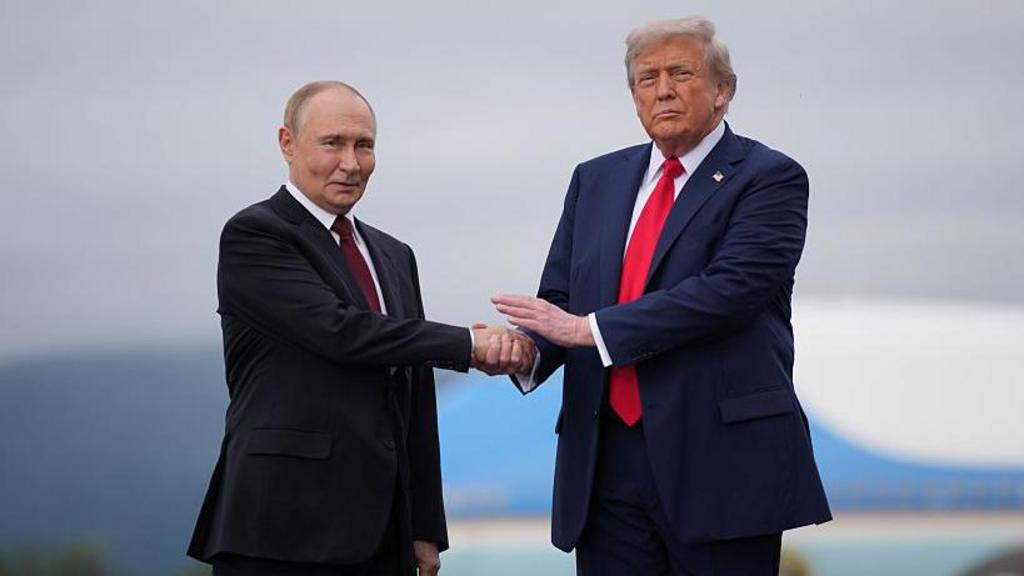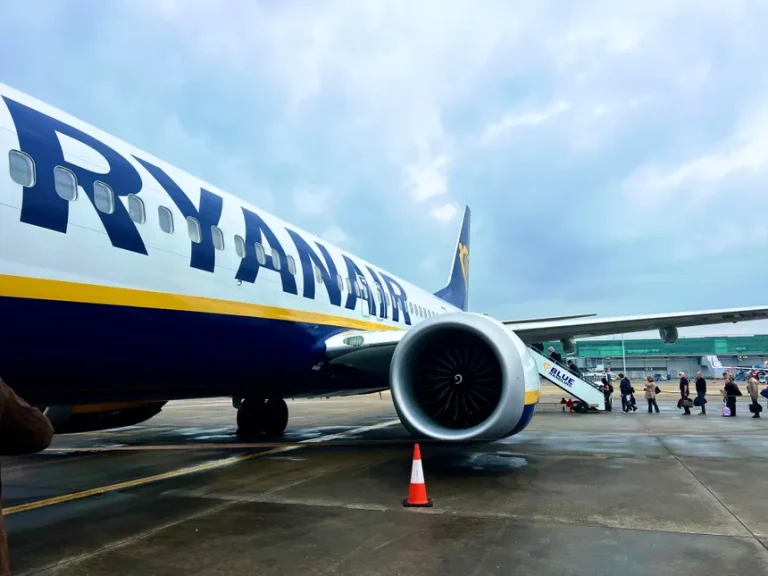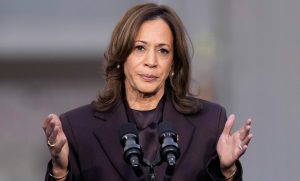Note: Video included in the article.
The opening moments of the high-level meeting between U.S. President Donald Trump and Russian President Vladimir Putin in Anchorage, Alaska, have already generated international attention — and not for policy discussions. A seemingly ordinary handshake between the two leaders quickly turned into an internet talking point, with some observers claiming it revealed an early “power play.”
The encounter marks a pivotal step in Trump’s ongoing effort to broker an end to the Russia–Ukraine war, a conflict that has continued to escalate despite repeated diplomatic overtures from Washington. Since returning to the White House in January, the 79-year-old U.S. president has sought to pair peace talks with economic incentives, most notably a proposed minerals deal. Yet, each time the White House has pressed for negotiations, the Kremlin has responded with intensified military strikes.
Putin, now 72, has shown little sign of softening his stance, and Trump has made no secret of his frustration. He has issued multiple warnings to Moscow and openly criticized the lack of progress toward a ceasefire. Against that backdrop, the leaders’ first in-person meeting this year carried both high expectations and high tension.
A Firm Grip and a Pull
As cameras captured the leaders greeting each other, Trump could be seen reaching out for his trademark handshake — one often described in media circles as firm, prolonged, and occasionally forceful. This time, viewers noted an additional movement: a visible pull bringing Putin closer.
Social media users were quick to share and dissect the moment. One viral post on X read: “President Trump DOES THE YANK HANDSHAKE! He pulled in Putin’s hand! I VOTED FOR THIS!!” Another commenter declared, “Trump just asserted dominance before the meeting even started.” Others framed it more lightly, with one writing, “I know Putin felt that.”
Whether intentional or not, handshake psychology has long been a point of fascination in diplomatic settings. Analysts often note that subtle physical gestures can be used to project confidence or set the tone for a conversation — particularly in situations where neither party wishes to appear subordinate.
Trump’s Candid Assessment
Earlier in the day, Trump was asked whether he believed he could persuade Putin to halt the bombardment of Ukrainian cities. His answer was blunt:
“I’ll tell you what. I’ve had that conversation with him. I’ve had a lot of good conversations with him, then I go home and I see that a rocket hit a nursing home or a rocket hit an apartment building, and people are laying dead in the streets. So, I guess the answer to that is no, because I’ve had this conversation. I want to end the war. It’s Biden’s war, but I want to end it. I’ll be very proud to end this war, along with the five other wars I ended. But, I guess the answer to that is probably no.”
The president’s remarks underscore the difficulty of achieving tangible breakthroughs in the 18-month-long conflict, even as U.S. officials continue to explore both direct and indirect channels of negotiation.
Warnings Without Details
While en route to the summit aboard Air Force One, Trump spoke to reporters about the potential consequences for Russia if Putin refused to engage meaningfully in talks.
“Economically severe. It will be very severe,” he stated. “I’m not doing this for my health, okay, I don’t need it. I’d like to focus on our country, but I’m doing this to save a lot of lives.”
Pressed for specifics on what such measures might entail, Trump declined to elaborate: “I don’t have to say. There will be very severe consequences.”
The ambiguity may be deliberate. By withholding details, the administration maintains flexibility while leaving room for strategic unpredictability — a tactic Trump has employed in both business and politics.
A Meeting Under Intense Scrutiny
The Anchorage setting itself carries symbolic weight. As the closest U.S. state to Russia, Alaska has long been viewed as a geographic reminder of the two nations’ proximity — and potential friction points. Security in and around the summit venue has been tight, with both American and Russian security services working in parallel to protect their leaders.
For Trump, this meeting represents a test of his ability to translate his often forceful personal style into diplomatic results. For Putin, it is an opportunity to gauge how far the United States is willing to go in pressing for an end to the war.
While the handshake moment may be remembered as a brief flash of political theater, it reflects the broader reality that international negotiations often hinge not only on formal agreements but also on perception, posture, and personality.
Whether the meeting will yield concrete progress toward peace remains to be seen. But in the opening seconds, before a single policy issue was discussed, the optics had already sent their own message — one now being debated across capitals and timelines worldwide.
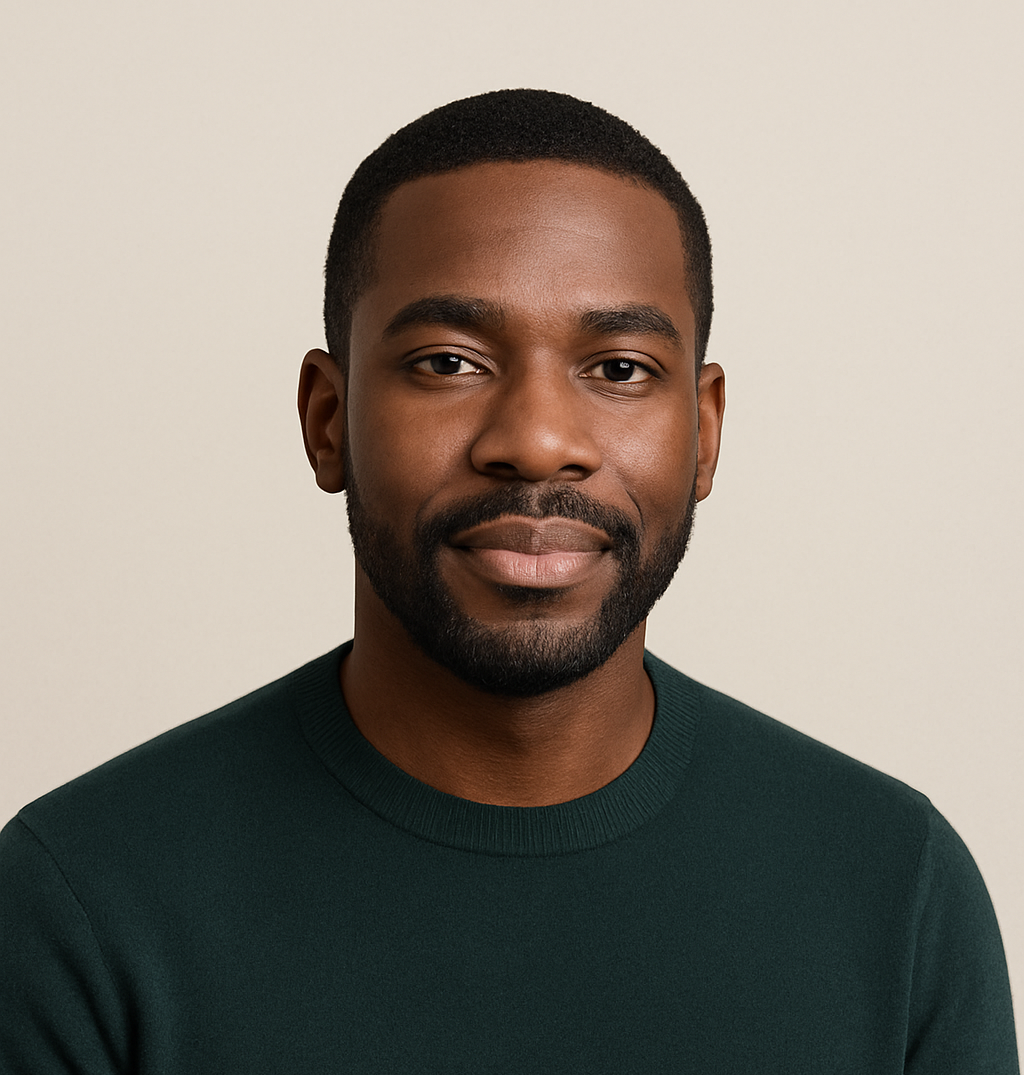
James Jenkins is a celebrated Pulitzer Prize-winning author whose work has reshaped the way readers think about social justice and human rights in America. Raised in Atlanta, Georgia, James grew up in a community that instilled in him both resilience and a strong sense of responsibility toward others. After studying political science and creative writing at Howard University, he worked as a journalist covering civil rights issues before dedicating himself fully to fiction. His novels are known for their sharp, empathetic portraits of marginalized communities and for weaving personal stories with broader political realities. Jenkins’s breakout novel, Shadows of Freedom, won national acclaim for its unflinching look at systemic inequality, while his more recent works explore themes of identity, resilience, and the fight for dignity in the face of oppression. Beyond his novels, James is an active public speaker, lecturing at universities and participating in nonprofit initiatives that support literacy and community empowerment. He believes that storytelling is a way to preserve history and inspire change. When not writing, James enjoys jazz music, mentoring young writers, and traveling with his family to explore cultures and stories around the world.

